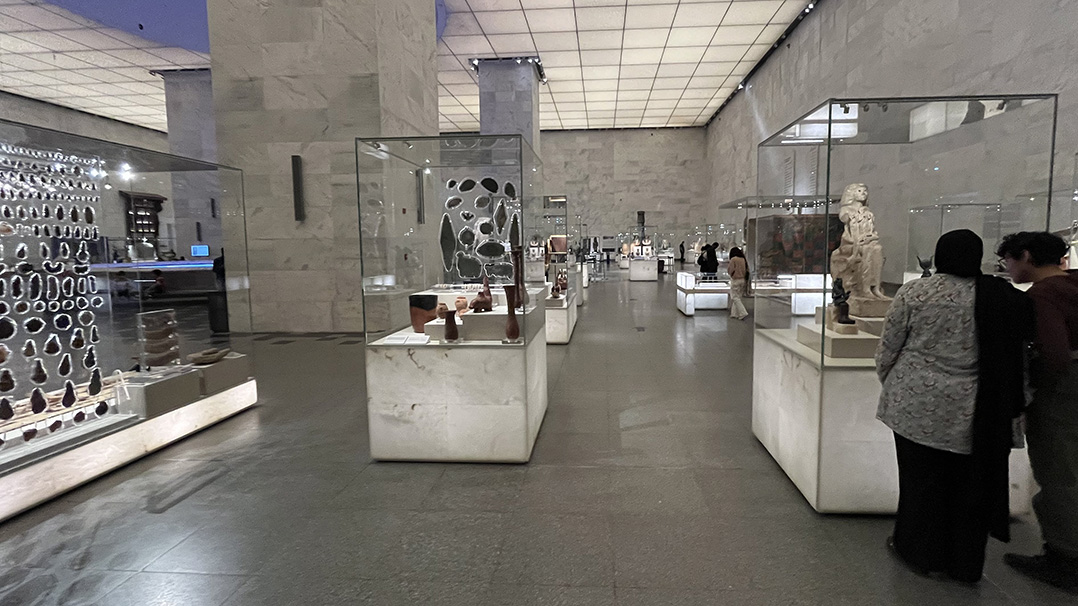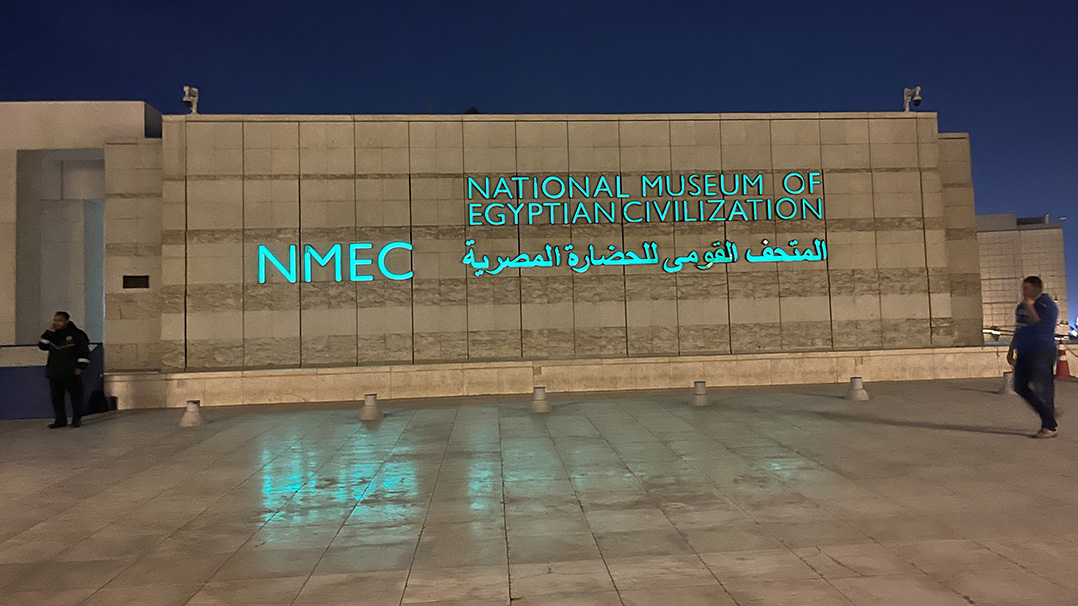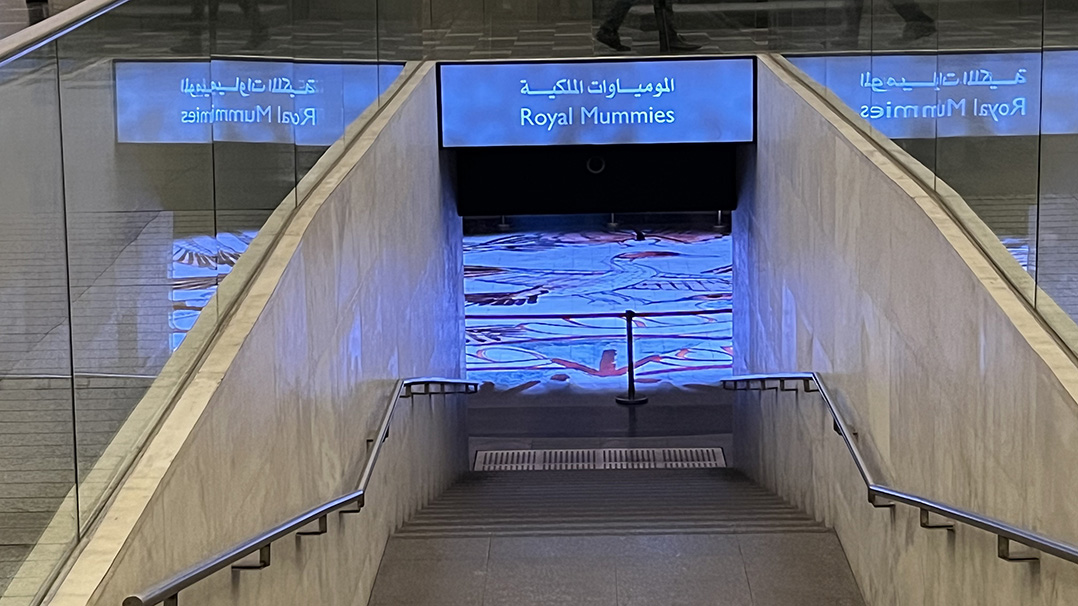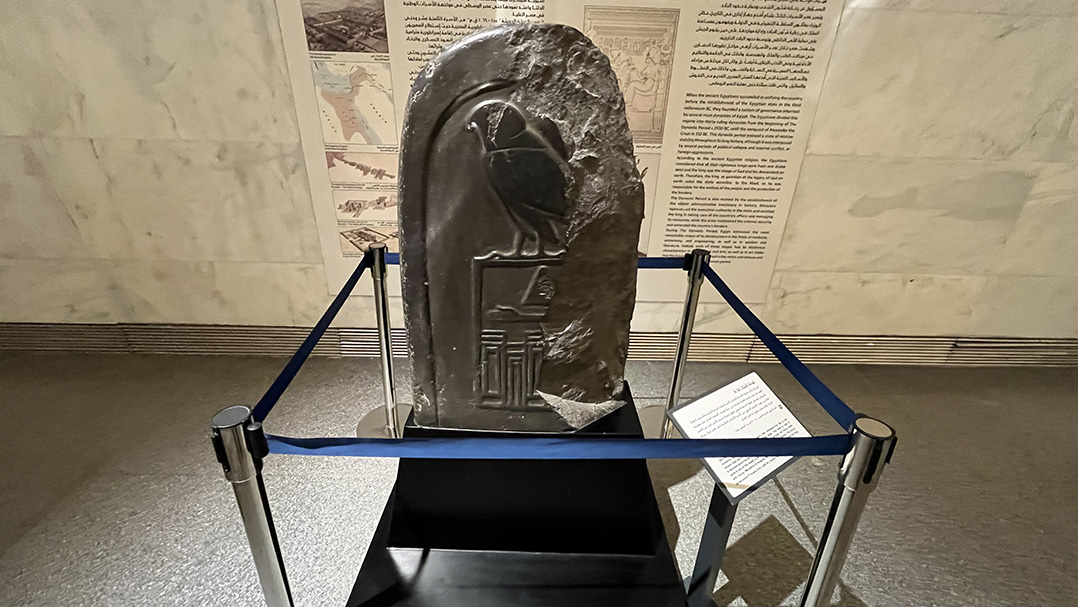Today, we begin a visit to Egypt, the cradle of western civilization. We start our trip at the National Museum of Egyptian Civilization.
Most visitors to Egypt (and those who imagine visiting Egypt) have a few must-see destinations in mind – the Great Pyramids of Giza in Cairo, the Valley of the Kings and the tomb of King Tut near Luxor, the Temple of Philae near Aswan and perhaps Alexandria. Not only are these famous sites separated by more than 650 miles, but they are also separated by more than 2,500 years and repeated collapses and restorations of Egyptian order. Seeing these sites without understanding how they relate to each other is like finding the pieces of a jigsaw puzzle without seeing the picture.
In my opinion, a trip to Egypt is best begun by a short visit to the National Museum of Egyptian Civilization in Cairo, which opened April 3, 2021. The museum displays artifacts from prehistoric times to the present day, arranged in a way that visitors can see the development of Egyptian civilization and how one period relates to another. An outstanding example is a stele from a 3000 B.C. Egyptian king. Timelines on the walls show the periods of the various Egyptian dynasties and the “intermediate periods” of collapse between them. A bonus is an extraordinary collection of mummies of 18 Egyptian pharaohs and four queens from the 17th to 20th dynasties that lasted from 1580 B.C. to 1077 B.C. The mummies (that cannot be photographed) include Hatshepsut, Egypt’s only female pharaoh. On the wall is a description in English and Arabic of the accomplishments of each pharaoh and his/her relationship to the other pharaohs. The mummies were taken to the museum’s Royal Mummies’ Hall from the Egyptian Museum in Cairo in the celebrated Pharaoh’s Golden Parade on the day the museum opened.








